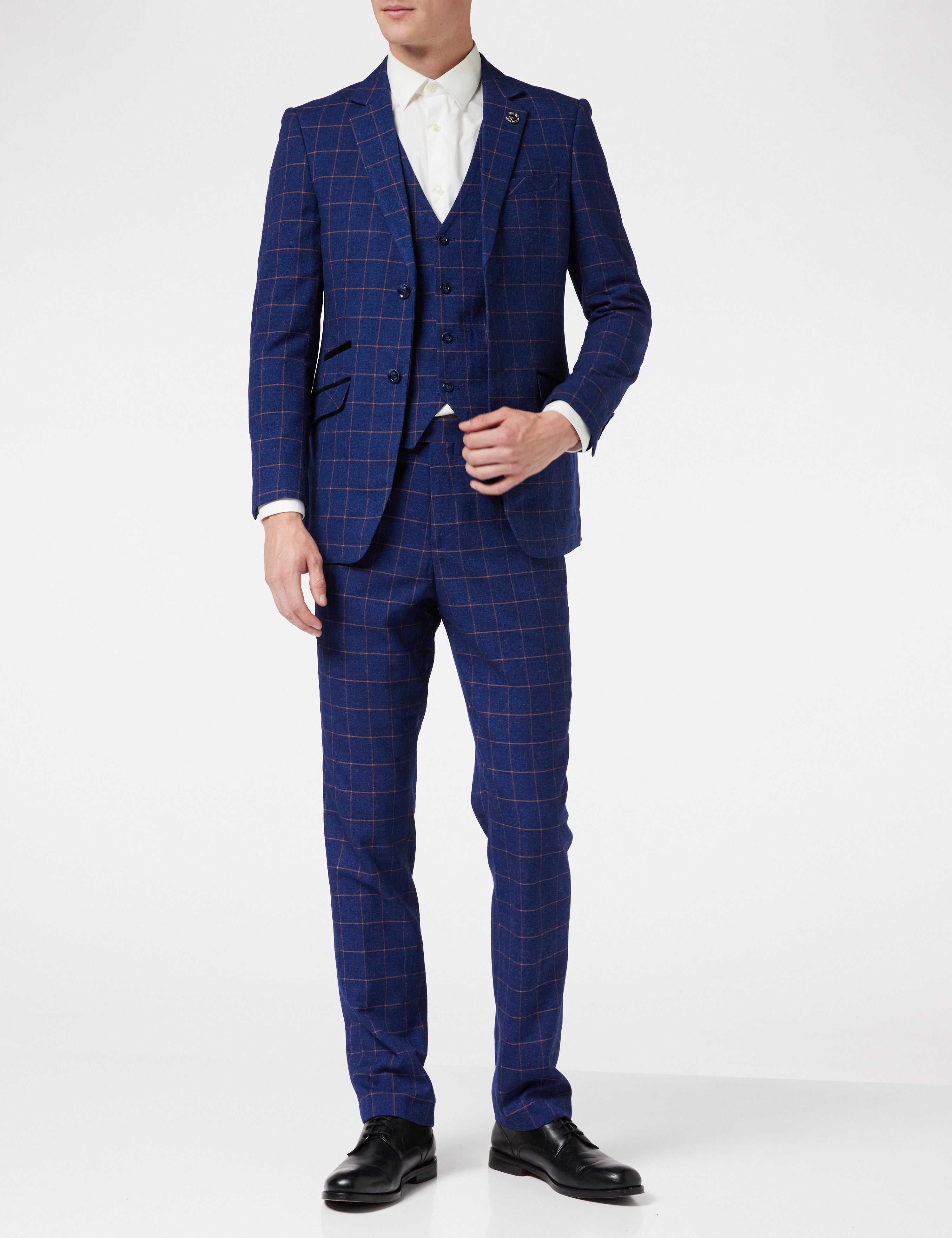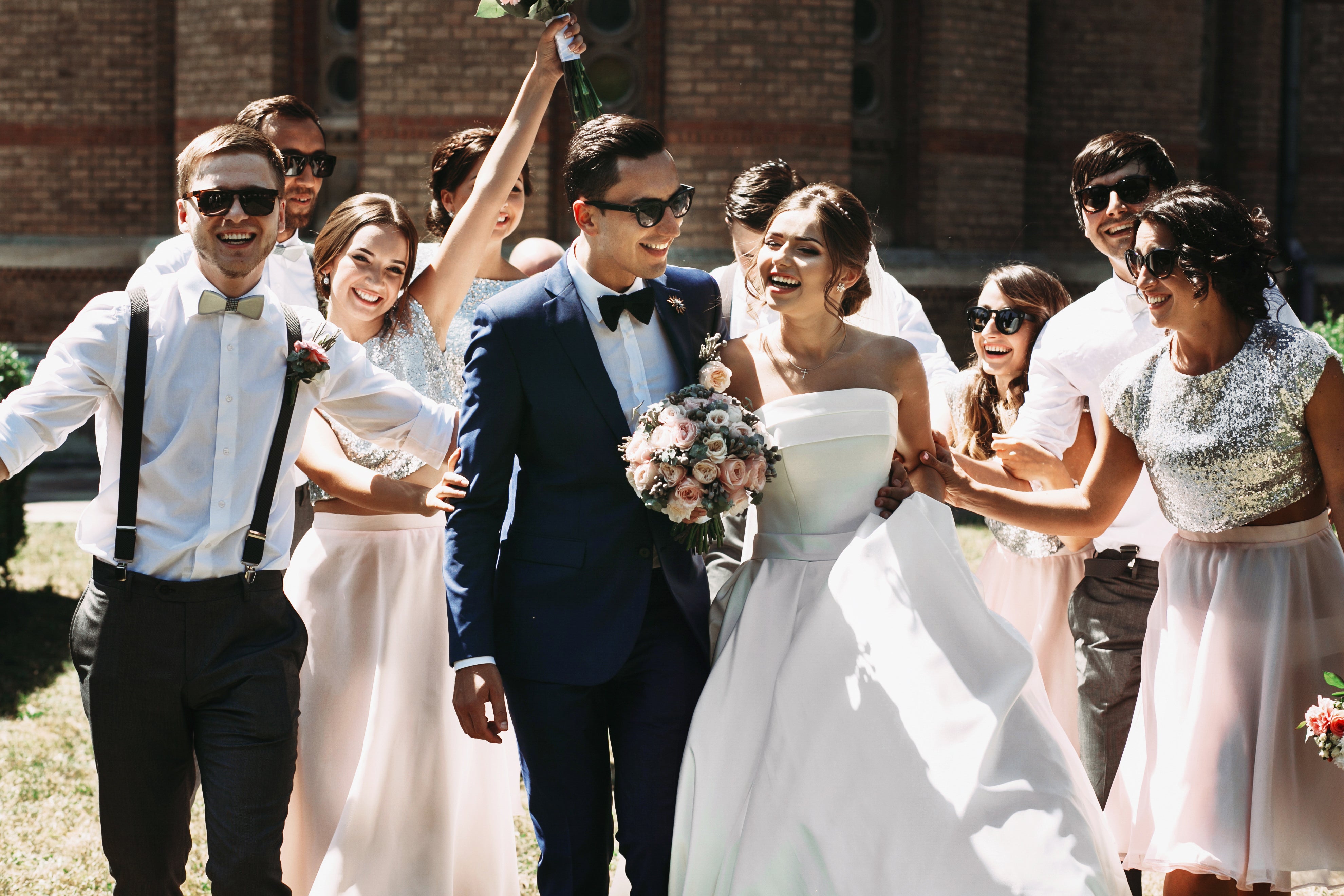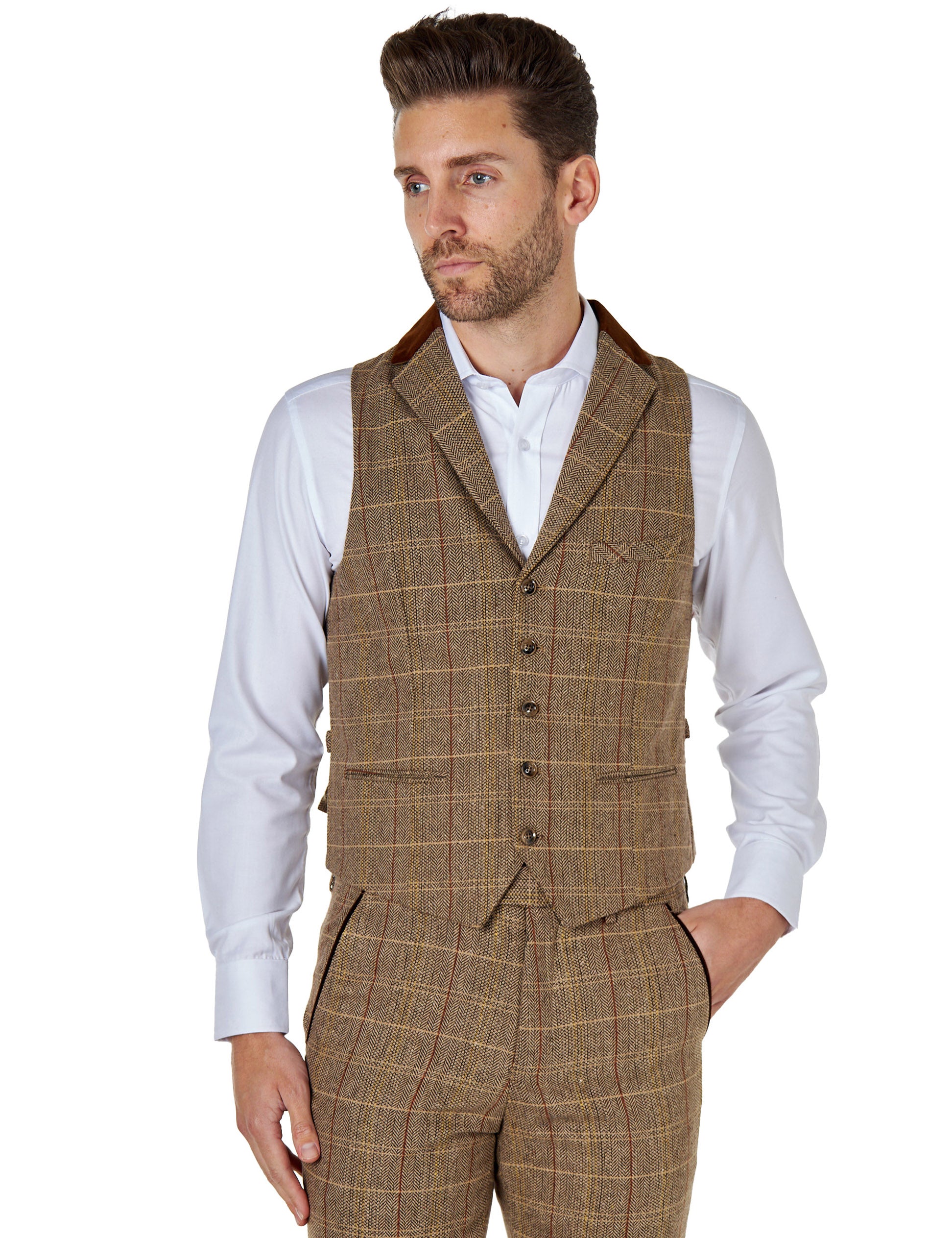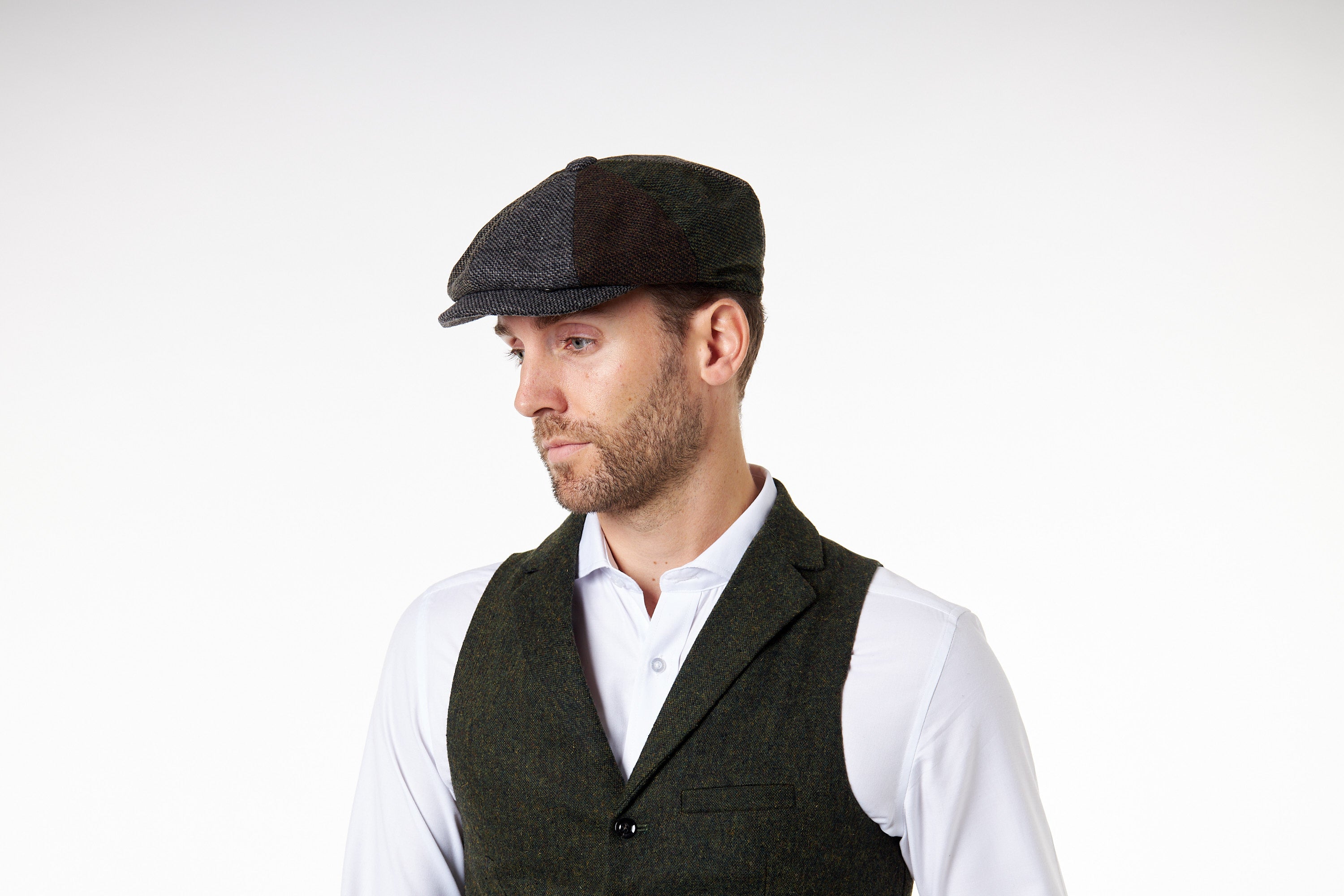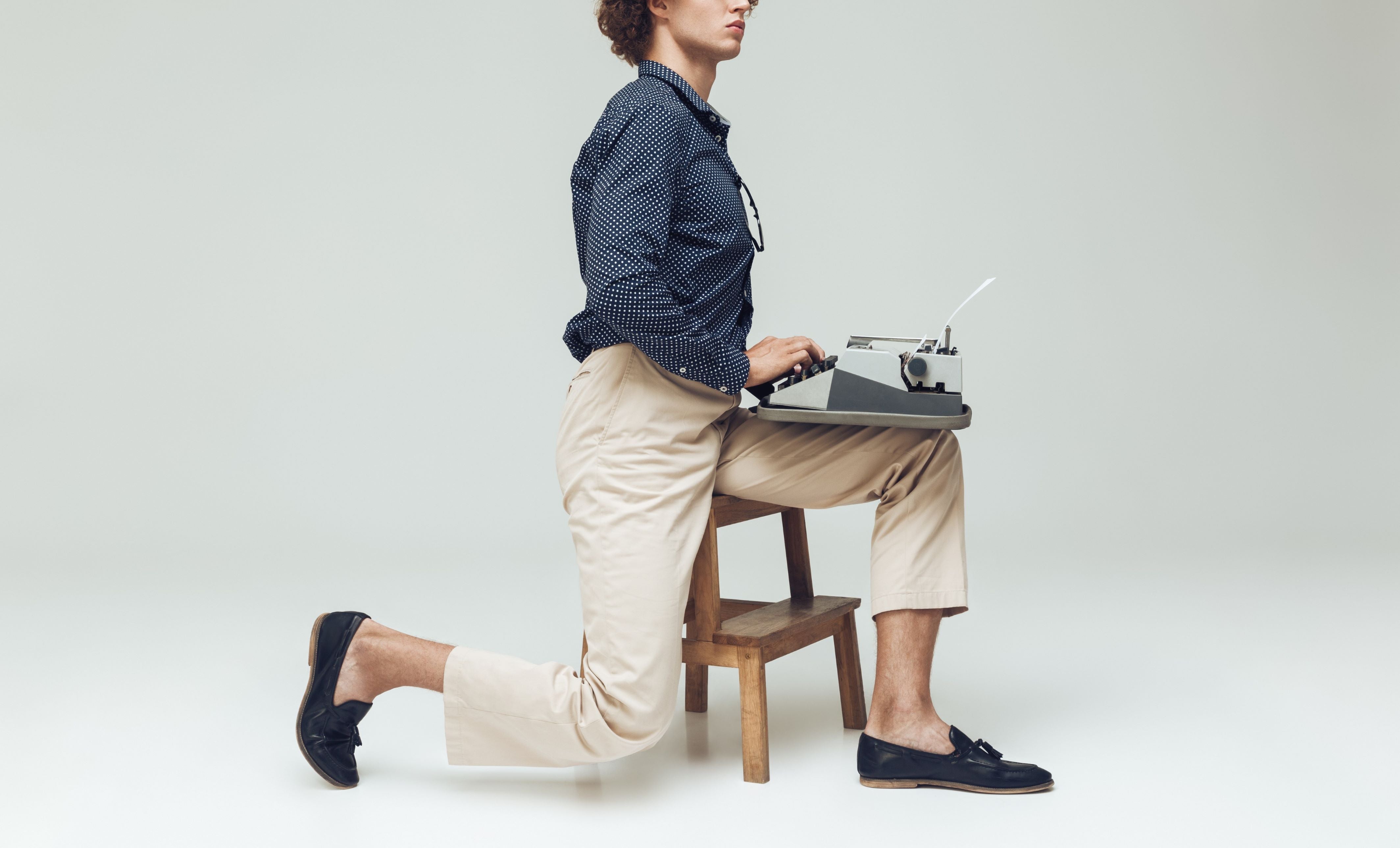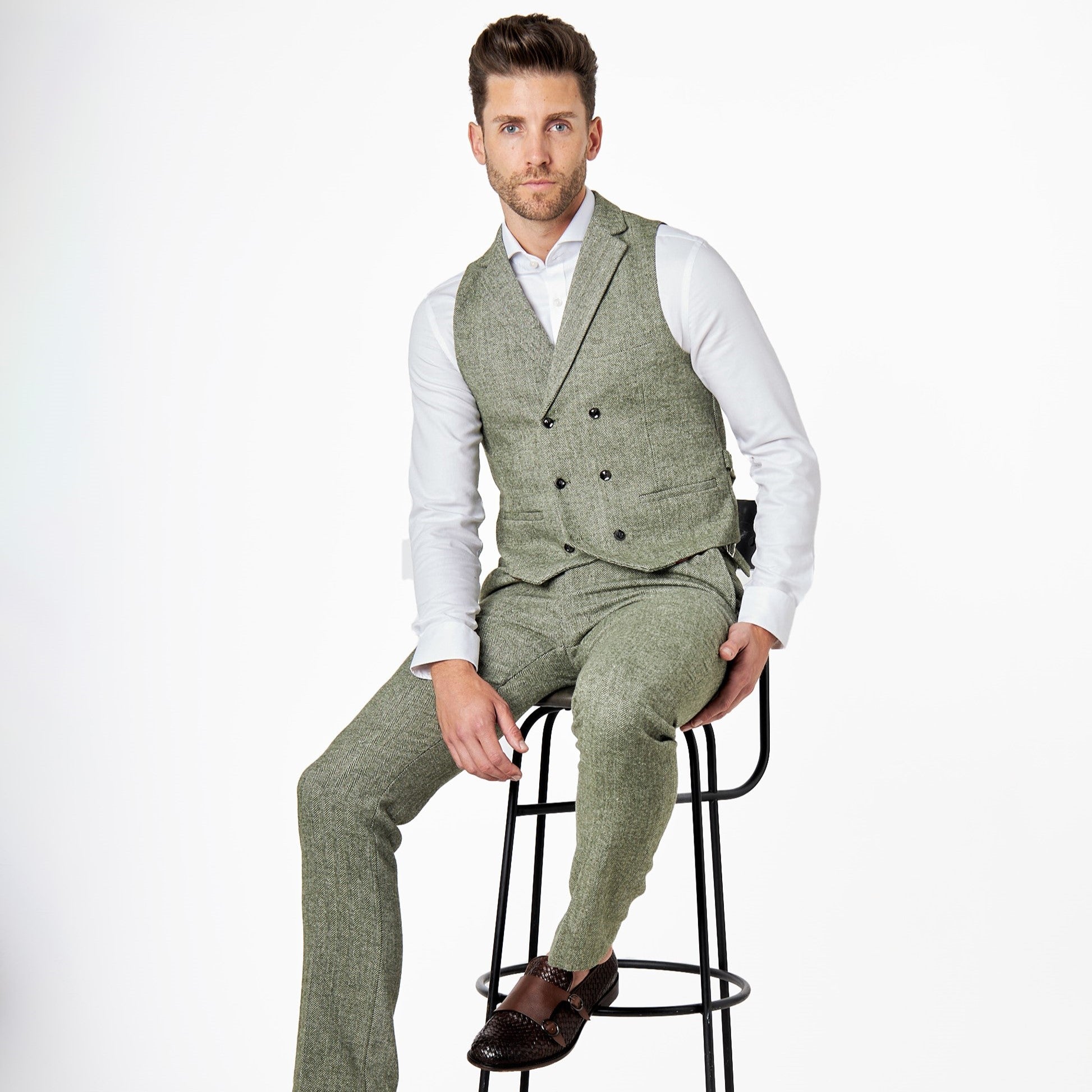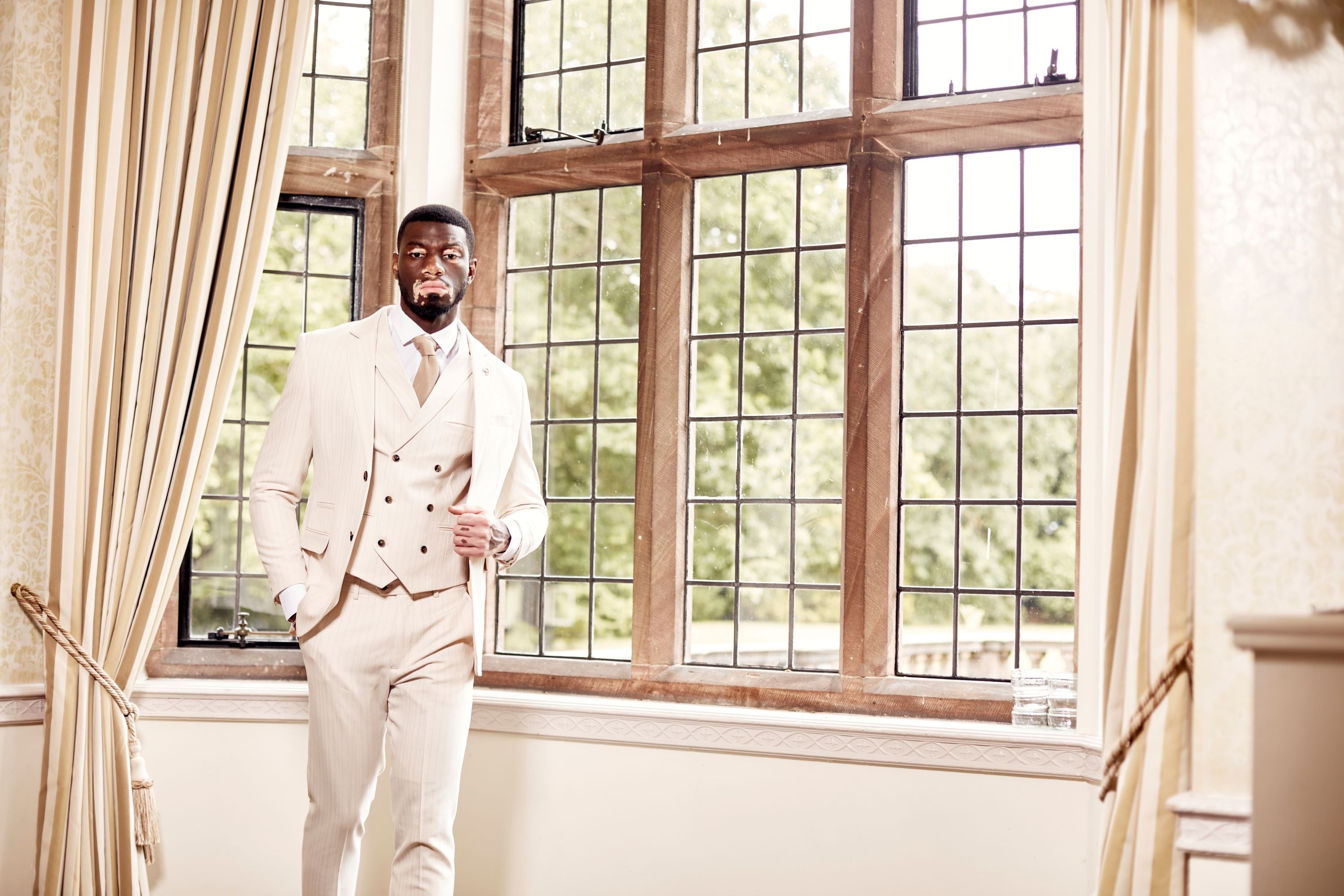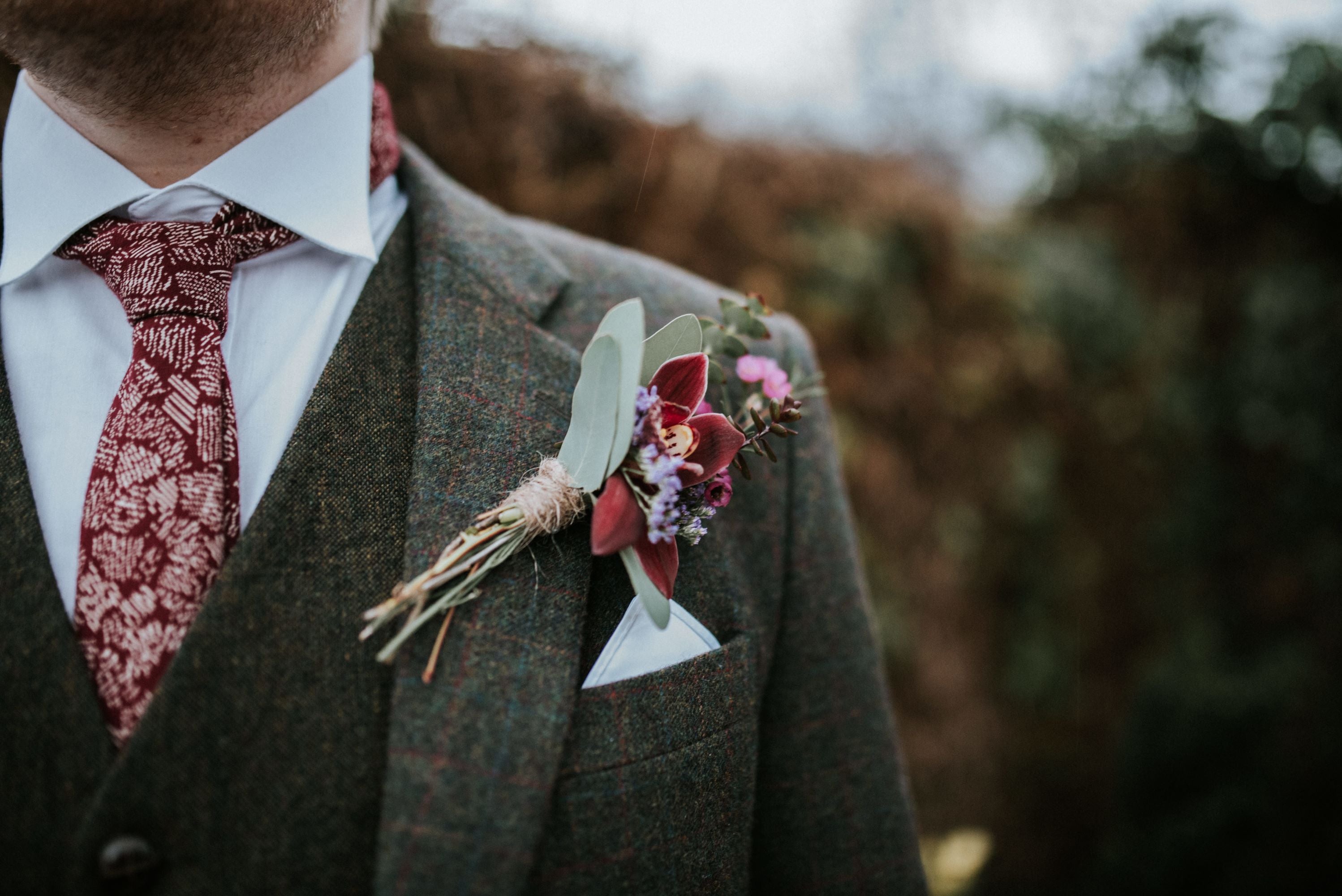How To Measure For A Suit
It’s time to take a moment from your busy schedule, grab your faithful tape measure and embrace the power of sartorial sophistication – we’re about to delve into the world of bespoke suiting.
A well-tailored suit is more than just a garment; it’s a statement of power, style and personal identity. Wearing a suit that fits perfectly not only enhances your appearance but also your confidence. However, obtaining that perfect fit requires precision and attention to detail which starts with getting your measurements right.
Remember, these measurements are not for the suit itself, but for your body. Trends change – from single to double-breasted jackets, wide lapels to slim, pleated trousers to flat front – but your body measurements remain the same, at least over the short term. And while some prefer a close, snug fit, others might crave some additional room for comfort. In both scenarios, body measurements are the starting point.
If you’re in a rush, the first two we cover below (chest and waist) will suffice for buying most suits off the peg. But if you’re buying a tailored suit online, or you have an off-the-peg retailer that has a more extensive range of cuts, the more info you can provide, the better. Off the peg suits might not be millimetre-perfect for your body, but measuring up is a good way of finding out if you need, say, a wider or narrower cut, or long or short suit trousers. Just a bit of measurement can make a good off-the-peg almost indistinguishable to a tailored number.
Suit Measurements
Now, let’s roll up our sleeves and start measuring. You’ll need a tailor’s tape measure for this job, not the metal type you got for that DIY shelf job. It’s just more flexible, soft and precise when measuring the contours of the body rather than straight lines.
1. The chest
The chest is a fundamental measurement, whether you’re having your suit tailored or buying one off the peg. It’s essential that this one is perfect, as the whole shape of the suit, how it hangs, how tight it is under the armpits, and how well it buttons up, depend on this metric. In short, this measurement helps in deciding the size of the jacket and ensuring a smooth silhouette.
Measure all the way around your body, placing the tape measure under your armpits and across the fullest part of your chest. Keep the tape level and ensure it’s not too tight. You are looking for a comfortable measurement here, so make sure you can breathe and flex when the tape is held in place looped around your torso. Don’t be tempted to add an inch or two to accommodate a shirt and waistcoat – the tailor or manufacturer will have taken that into account.
2. The waist
Now, place the tape measure around your waist, where you normally wear your suit trousers. Avoid sucking in your stomach, as that will result in an incorrect measurement. The gym and the takeaway are the places to start adjusting your waist size, not the measuring room!
This measurement is crucial for the fit of the trousers, impacts the silhouette, and directly influences your comfort level. Again, trousers are designed to fit a person in motion, so there will always be accommodation for that in the final cut. You don’t have to second-guess the tailor – they know what to do.
3. The jacket waist/stomach
This measurement is above your trouser waist but below the chest. It determines the narrowness of the jacket, and is a good signifier of a well tailored suit.
4. The overarm
This is one measurement that’s tricky to do yourself, but not impossible if you’re determined. You need to put your arms by your sides and measure around both your arms and chest, covering the same line as you did when measuring the chest. If you’ve got particularly well-developed triceps and deltoids, this is a very useful measurement to take.
5. The sleeve length
To ensure the sleeves of your suit jacket stop at the perfect point to display just the right amount of shirt cuff, measure from the shoulder seam (or the edge of the shoulder) to the point where the thumb and the index finger meet.
6. The arm and wrist
Next, measure your arms at their widest point, which is usually about halfway between the elbow and the shoulder. This helps to ensure mobility if you’re a workout kind of guy, or a flattering silhouette if you’re not. Similarly, it’s useful to measure your wrists if they are above average in size, especially if you’re looking for a narrow suit.
7. The neck
Neck measurements are more associated with shirts than suit jackets, for obvious reasons. But there’s no harm in taking it for a suit. It just gives the tailor another measurement to look at when discerning the size and position of the shoulders.
8. The shoulders or centre back
This measurement is taken from the end of the left shoulder to the end of the right shoulder. With the right shoulder measurement, your suit jacket will lay beautifully across your back without any tension or bunching.
9. The back length
The back length is determined by measuring from the highest point of the shoulder (near the collar) down to the small of your back. This measurement helps give your suit a balanced, proportional appearance as it can be tailored to be long or short, while ensuring the waist of your trousers is not showing, even when you’re bending forwards.
10. The hips
Measuring the hips ensures the jacket and trousers gracefully follow the contours of your body. Here, wrap the tape measure around the widest part of your hip bones, usually at the crotch level. It’s usually wider than the waist (although not as pronounced as it is in women’s clothing), but it is useful if you’re athletic or prefer a certain level of tightness. Getting the hips right can produce a very flattering contour on any body shape.
11. Outer trouser length (out-seam)
This is the measurement down the outside of your leg, from your waist down to your ankle. It ensures the perfect trouser break and an overall good fit. If you’re buying off the peg, this could be measured by number, or could simply be S (short), M or R (medium or regular) or L (long), and perhaps an XL size for the long-legged.
12. Inner trouser length (inseam)
Now, measure the length from the crotch to the ankle, along the inside of your leg. This is almost impossible to perform yourself, however much you’d prefer to, so if it makes you uncomfortable, grit your teeth and trust the process. Pro tailors know exactly how to do it. If you must do it yourself, tread on two inches of tape, stand up and measure to your crotch, then subtract two inches.
13. The crotch
You can now measure the crotch itself, which involves measuring the distance from the back of the waist, underneath your crotch, and back up to the front of the waist, in a U-shape. It isn’t always strictly necessary, but gives another measurement to use in attaining perfection, as it confirms the waist, inseam and out seam are fine. It all adds up to a pair of trousers that fit perfectly.
Notice that each measurement directly affects the suit’s appearance and fit, emphasising the importance of accuracy in the process. From the chest that ensures a smooth jacket front to the hip measurements that offer grace to the trouser drape, accuracy in your body measurements will result in a finely tailored suit that reflects your personal taste and style.
Ultimately, it’s all about making a three-dimensional set of garments out of two-dimensional fabric, so getting all the measurements right helps enormously, especially if you have an unusual body shape (hint – everybody has a non-average shape).
Off the peg: understanding ready to wear suit sizing
Now, while there's nothing quite like a custom-tailored suit, most of us indeed realise our suit requirements straight off the peg, from a retailer. Even in pre-made ensembles lies a world of customizability and an opportunity to imbibe a sense of personal flair. Understanding off-the-peg suit-sizing can seem as complex as an alien language at first, but once you decode it, you'll find it gives you almost as much finesse as a bespoke suit.
What do the sizes mean?
First things first, let's discuss what the numbers in the suit size refer to. When you pick up a suit, you’ll see a numerical expression, usually in the format of 40R, 38L, 42S and so on. These numbers contain crucial information about the suit’s dimensions. The number, say 40, refers to the chest measurement in inches. The letter that follows, either 'S', 'R', or ‘L’, denotes the length of the jacket – short, regular, or long.
Hence, a size of 40R indicates a suit designed for a person with a 40-inch chest and regular height (usually translating to 5’8” to 5’11”).
If you’re a muscular gent, you might be better off going for a shorter length, as the average for your chest and arm measurements could be for a taller man.
For trousers, the waist measurement is the key signifier, followed by S, M, R or L as mentioned above. These letters don’t refer to a specific length, though. They are the average length for a man with the waist size as measured. In other words, M for a pair of 36s will be longer than M for a pair of 30s. If you have long or short legs for your waist size, make sure you choose the appropriate length.
Mixing and matching
One of the finest aspects of buying off-the-peg is the ability to mix and match – choosing the jacket, trousers and waistcoat separately according to your individual measurements. This gives you the freedom to work around the differences in your body proportions, say, a wider chest with a slim waist, without having to settle for a suit that fits perfectly only in one area.
Nonetheless, it’s essential to remember that not all retailers offer this facility – the suit comes as a whole. In such cases, ensure the suit fits you best in the shoulder area as it is the hardest and most expensive to alter. You can usually turn up the trousers or make minor modifications to ensure perfection.
All a matter of numbers
Just remember, whether bespoke or off-the-peg, the ultimate goal is the same: a suit that not only fits your body perfectly but also compliments your unique style and personality. After all, a great suit can make a strong impression.
Now, with tape measure in hand, you are no longer at the mercy of guesswork. Instead, you can stride confidently into the tailor’s realm or shop online for high quality suits, armed with the magic numbers that transform cloth into a suit – your suit.
In a world where fashion is transient and fickle, body measurements are your universal constant – your unique sartorial signature. By understanding the measurements’ importance and their implications, you take your first step towards showcasing personal style statements that defy transient trends.
One final note – bodies do change over time, and you can find your vital statistics can be a few inches out after as little as six months. It’s always worth doing a full measure every time you buy a suit. Write them down so you can keep track, and also note if there’s something about a current suit that you don’t like, such as bunching shoulders or difficulty buttoning up – you can take a note of that in your next purchase, even if your size hasn’t changed.

